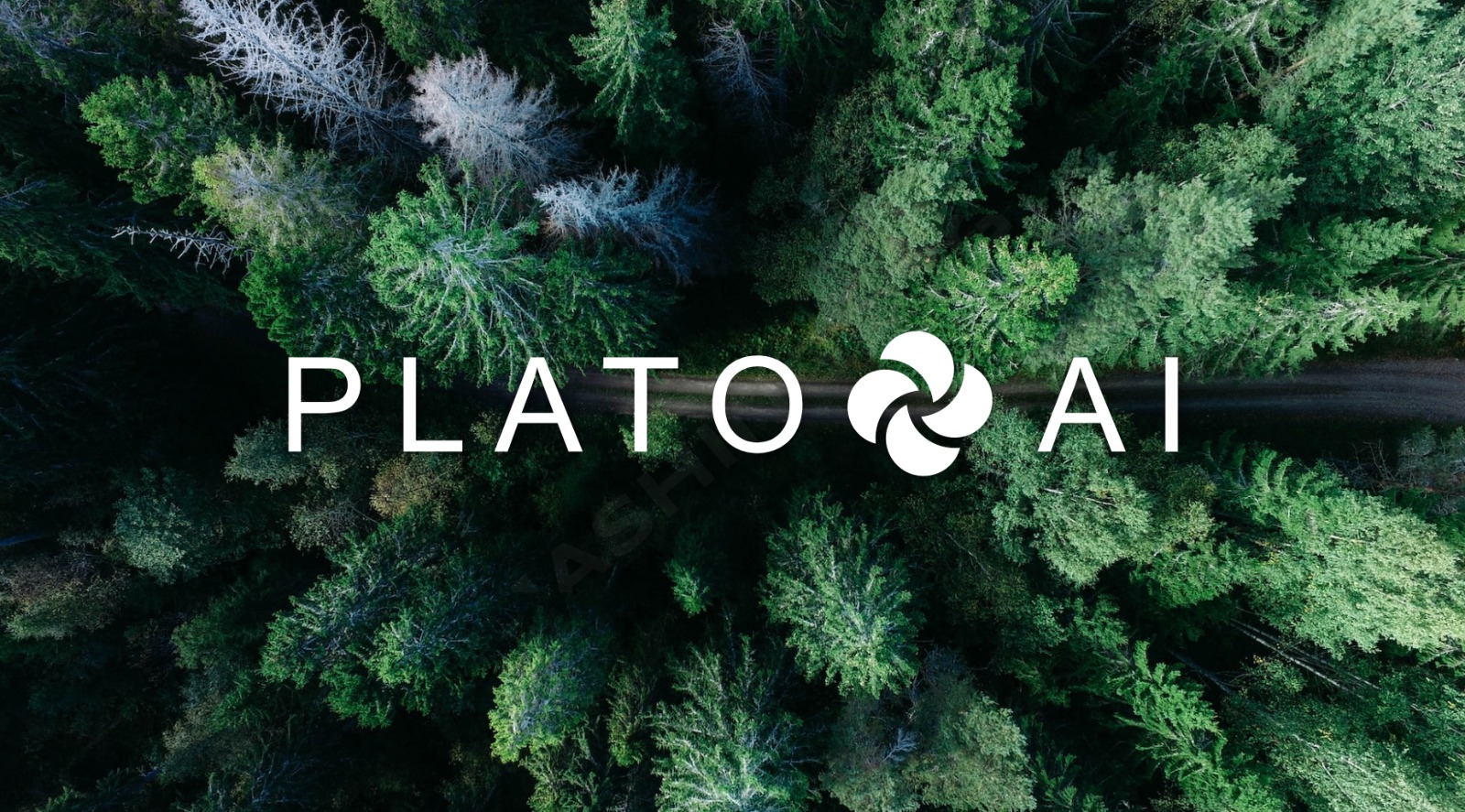Carbon credits are a crucial tool in the fight against climate change, allowing companies and individuals to offset their carbon emissions by investing in projects that reduce greenhouse gas emissions. However, not all carbon credits are created equal, and it is important for buyers to understand the differences between the various types of credits available on the market.
One organization that has been working to clarify the legal nature of different types of carbon credits is UNIDROIT, the International Institute for the Unification of Private Law. In a recent study, UNIDROIT examined the legal characteristics of three main types of carbon credits: certified emission reductions (CERs), emission reduction units (ERUs), and removal units (RMUs).
CERs are generated through the Clean Development Mechanism (CDM) under the Kyoto Protocol, and represent a reduction in greenhouse gas emissions that has been independently verified. ERUs, on the other hand, are generated through Joint Implementation (JI) projects under the Kyoto Protocol, and also represent a reduction in emissions that has been verified by an independent body. RMUs, meanwhile, represent the removal of carbon dioxide from the atmosphere through activities such as reforestation or afforestation.
UNIDROIT’s study found that CERs and ERUs are both considered to be “emission allowances” under international law, while RMUs are considered to be a form of property right. This distinction is important because it affects how these credits can be bought, sold, and transferred.
For example, CERs and ERUs can be traded on the international carbon market, allowing companies to purchase credits from projects in other countries to offset their own emissions. RMUs, on the other hand, are typically used for voluntary offsetting purposes and cannot be traded on the same scale as CERs and ERUs.
Understanding the legal nature of different types of carbon credits is important for companies and individuals looking to invest in carbon offset projects. By knowing the differences between CERs, ERUs, and RMUs, buyers can make informed decisions about which credits best suit their needs and goals.
In conclusion, UNIDROIT’s study on the legal nature of different types of carbon credits provides valuable insights into how these credits are regulated and traded on the international market. By understanding the distinctions between CERs, ERUs, and RMUs, buyers can make more informed decisions about how to offset their carbon emissions and contribute to the fight against climate change.
- SEO Powered Content & PR Distribution. Get Amplified Today.
- PlatoData.Network Vertical Generative Ai. Empower Yourself. Access Here.
- PlatoAiStream. Web3 Intelligence. Knowledge Amplified. Access Here.
- PlatoESG. Carbon, CleanTech, Energy, Environment, Solar, Waste Management. Access Here.
- PlatoHealth. Biotech and Clinical Trials Intelligence. Access Here.
- Source: https://zephyrnet.com/not-all-carbon-credits-are-the-same-unidroit-update-study-on-the-legal-nature/

